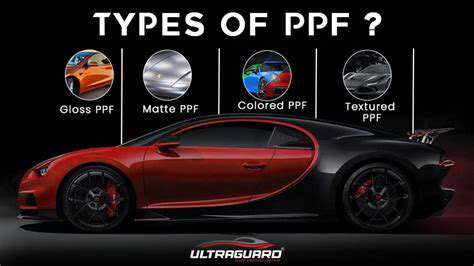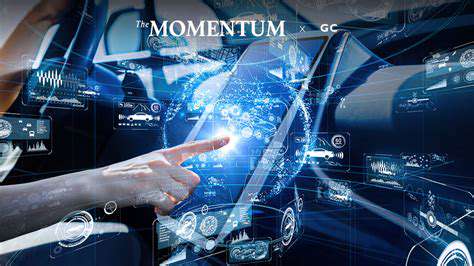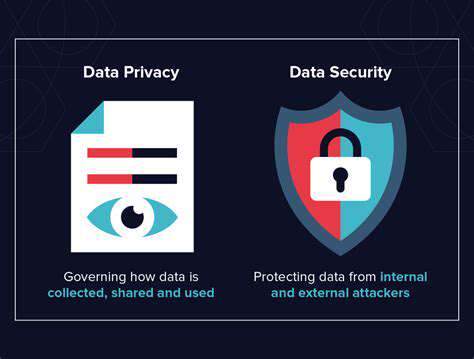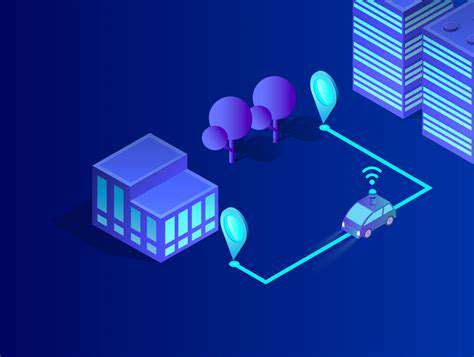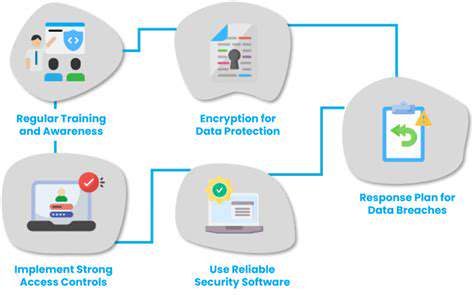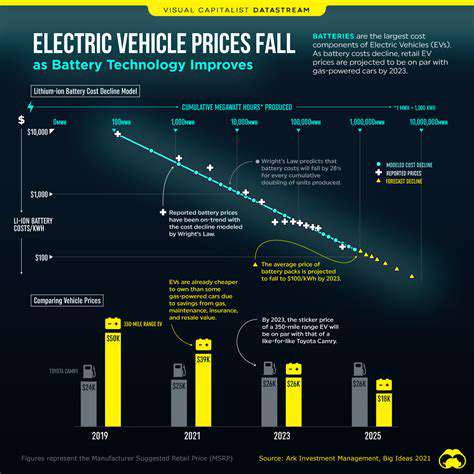The Evolution of Vehicle Connectivity
The automotive industry is undergoing a profound transformation, moving away from the traditional concept of isolated vehicles to a future where vehicles are interconnected and communicate with each other and surrounding infrastructure. This paradigm shift, driven by advancements in technology and the increasing demand for enhanced safety, efficiency, and convenience, is paving the way for a new era of intelligent transportation systems. This evolution is not just about individual vehicles becoming smarter; it's about creating a seamlessly integrated network of vehicles and their environment.
From basic communication protocols to sophisticated data sharing mechanisms, the development of vehicle-to-everything (V2X) technologies is rapidly changing the landscape of mobility. This connectivity enables vehicles to exchange vital information, such as location, speed, and intentions, with other vehicles, pedestrians, cyclists, and even traffic management systems. This proactive exchange of information allows for a much more responsive and anticipatory approach to driving, significantly improving traffic flow and safety.
Enhanced Safety Features
One of the most significant benefits of vehicle-to-everything (V2X) communication is the substantial enhancement of road safety. By enabling vehicles to anticipate potential hazards and react accordingly, V2X technology dramatically reduces the risk of accidents. This proactive approach to safety, which goes beyond reacting to events, anticipates them through real-time information exchange, enabling faster and more effective responses to changing traffic conditions. Features such as automatic emergency braking systems and lane departure warnings will become even more sophisticated and reliable with the addition of real-time data sharing.
Imagine a future where vehicles communicate in real-time, exchanging critical information about potential collisions. This means drivers will receive warnings about upcoming hazards, or even be able to avoid accidents altogether. The ability to react to changing situations dynamically, based on the data shared from other vehicles and infrastructure, will revolutionize road safety, making our roads significantly safer for everyone.
Improved Traffic Efficiency
Beyond safety, vehicle-to-everything (V2X) technology promises to revolutionize traffic management. By allowing vehicles to communicate with each other and traffic signals, the system can dynamically adjust traffic flow, optimizing routes and reducing congestion. This real-time optimization, based on the ever-changing conditions on the road, can significantly improve commuting times and reduce fuel consumption. Imagine a system where traffic lights adjust based on the density of vehicles in real-time, allowing for smoother and more efficient traffic flow.
The Future of Mobility
The integration of vehicle-to-everything (V2X) technology into the transportation infrastructure is not just about improving safety and efficiency; it's about creating a more sustainable and convenient future for mobility. The ability to optimize routes, predict traffic patterns, and even manage parking availability will transform how we travel. This connectivity will lead to a more intelligent and interconnected transportation system, making travel easier, more reliable, and more environmentally friendly.
The advancements in V2X are not just about the vehicles themselves; they are about creating a complete transportation ecosystem. This integrated approach will enable new services and applications, creating a more responsive and adaptable transportation system, ultimately shaping the future of mobility.
Transitioning to Zero Trust necessitates abandoning outdated perimeter-focused security in favor of precise, identity-driven protocols. The framework prioritizes stringent access governance, minimal privilege allocation Principles, and live surveillance to guarantee that data and applications remain accessible exclusively to vetted entities, irrespective of their physical or network location.
Infrastructure Integration: Smart Cities and Enhanced Roadways
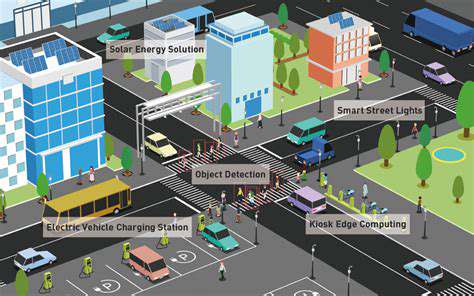
Streamlining Operations with Automated Systems
Integrating various infrastructure components into a cohesive, automated system offers significant advantages in terms of efficiency and cost savings. By automating routine tasks and processes, organizations can free up valuable resources for more strategic initiatives. This automated approach not only streamlines operations but also enhances the overall reliability and performance of the infrastructure. Furthermore, a well-integrated system can provide real-time data visibility, allowing for proactive maintenance and problem-solving, ultimately minimizing downtime and maximizing operational uptime.
Automated systems can also provide a more comprehensive view of the entire infrastructure, enabling better decision-making. Data collected from these integrated systems can be analyzed to identify patterns, trends, and potential issues, facilitating more informed and proactive maintenance strategies. This ultimately leads to a more resilient and adaptable infrastructure capable of handling unforeseen challenges.
Optimizing Resource Allocation and Utilization
Infrastructure integration enables optimized resource allocation and utilization. By connecting various systems and devices, organizations can gain a comprehensive understanding of their resource consumption patterns. This awareness allows for the efficient allocation of resources, minimizing waste and maximizing productivity. For example, real-time monitoring of energy consumption across different systems can help pinpoint areas of inefficiency and implement targeted improvements.
Furthermore, integrated systems can facilitate dynamic resource allocation based on real-time demands. This adaptability ensures optimal resource utilization during peak periods and prevents under-utilization during off-peak hours. This proactive approach not only reduces operational costs but also enhances the overall efficiency and effectiveness of the infrastructure.
Improving Data Visibility and Accessibility
A key benefit of infrastructure integration is the improved data visibility and accessibility across different systems. Centralized data repositories enable seamless data sharing and collaboration among different teams and departments. This data-driven approach facilitates quicker decision-making, as relevant information is readily available to authorized personnel.
Furthermore, integrated systems allow for the creation of comprehensive dashboards and reports, providing a holistic view of the infrastructure's performance. This comprehensive data analysis enables better understanding of trends, patterns, and potential issues, allowing for proactive intervention and problem-solving.
Enhancing Security and Compliance
Integrated infrastructure systems can also significantly improve security and compliance. Centralized security management systems enable more effective monitoring and response to potential threats. This centralized approach facilitates streamlined security protocols and ensures consistent enforcement across all integrated systems.
Furthermore, integrated systems can help organizations meet regulatory compliance requirements more effectively. The ability to track and audit data flows, and access control logs across the entire infrastructure, facilitates compliance with various industry regulations and standards. This helps to reduce the risk of penalties and maintain a strong reputation.
Facilitating Future Growth and Scalability
Well-integrated infrastructure is designed with future growth and scalability in mind. Modular design principles allow for the seamless addition of new components and technologies as the organization's needs evolve. This adaptability ensures that the infrastructure can support future demands and maintain its effectiveness over time.
Furthermore, a well-planned integration strategy allows for the smooth migration to newer technologies and systems, minimizing disruption to operations. This adaptability is essential for maintaining a competitive edge in a rapidly changing technological landscape.



